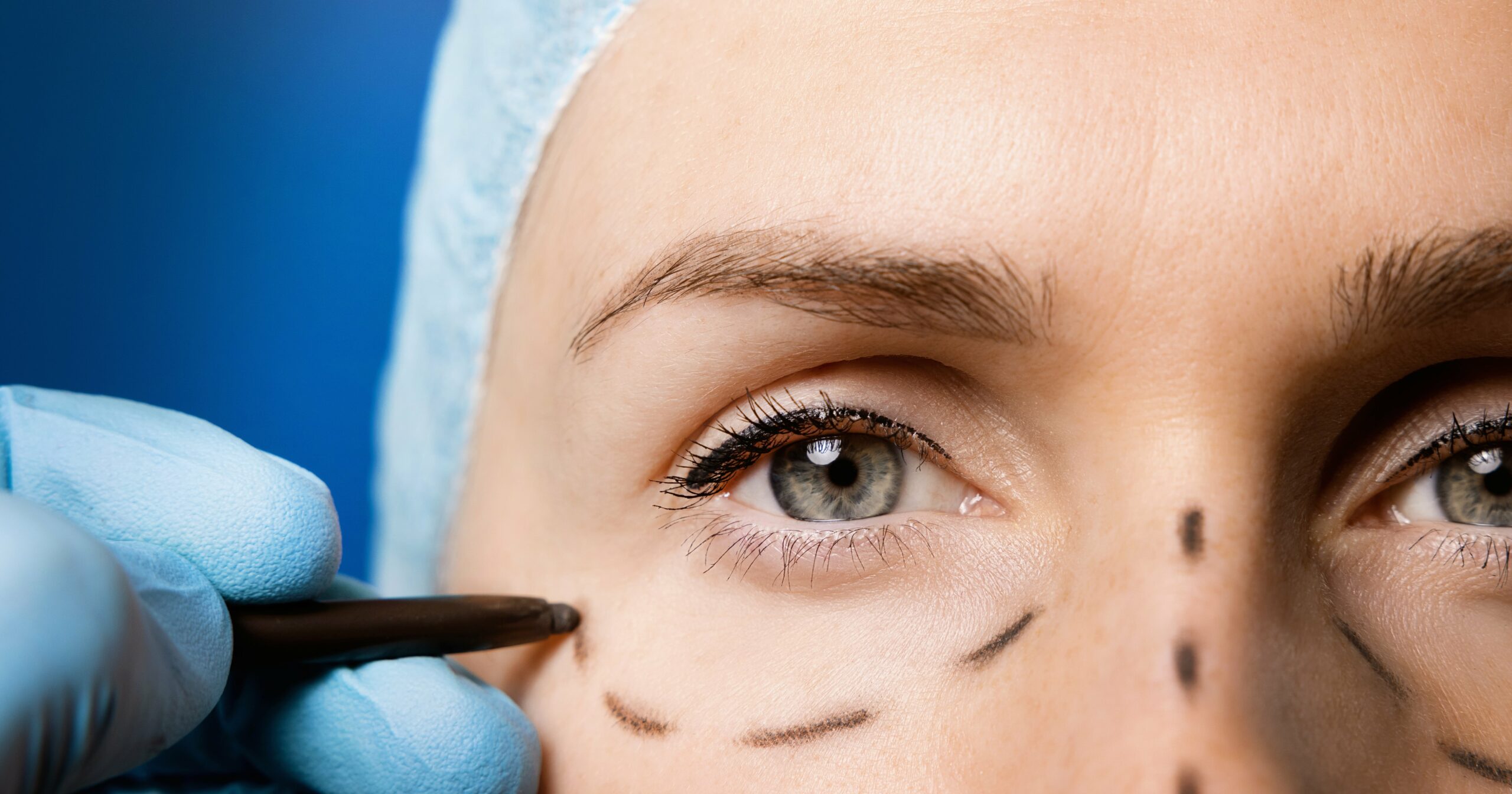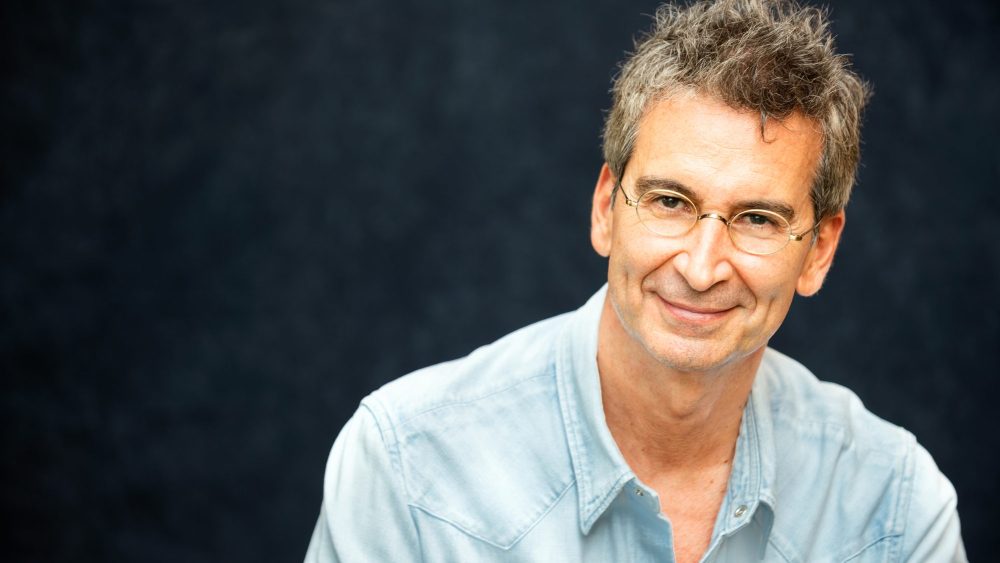Facial plastic surgery is on the rise – a rather unsurprising statement, especially if you’re immersed in celebrity news and aesthetic culture. According to the American Society of Plastic Surgeon’s Plastic Surgery Statistics Report, surgical procedures for the face grew by an average of 18 percent since the pandemic, with an 8 percent increase in facelifts or rhytidectomies in 2022 alone. And these numbers are only projected to grow in the coming years.
The uptick in facial plastic surgery in recent years reveals a desire for a more permanent solution to looking and feeling younger, explains Philipp Franck, MD, a board-certified plastic surgeon at Kassir Plastic Surgery. “They’re also realizing that nonsurgical procedures are fraught with complications and may complicate their surgical planning later on. For example, thread lifts can cause scarring, energy devices can cause scarring, and fillers can cause lymphatic drainage problems and overfill the face, actually changing [your facial] anatomy.”
With this uptick, the types of facelifts that are now trending in the aesthetic world are mini or “baby” facelifts that are simply not that invasive but deliver impressive results. Once such facelift is called the “One Stitch Facelift” – also referred to as a scarless face and brow lift – pioneered by Ramtin Kassir, MD, a triple board-certified facial plastic and reconstructive surgeon and founder of Kassir Plastic Surgery and Inside Beauty. The procedure promises a lifted, rejuvenated appearance with just one hidden incision in the hairline.
What Is the One Stitch Facelift?
The One Stitch Facelift is by no means your traditional facelift, which requires larger incisions in the face with noticeable scars and prolonged healing times. Rather, it’s a deep-plane facelift, which is a type of facelift in which the SMAS (superficial musculoaponeurotic system), a layer of connective tissue underneath the facial skin, is lifted to tighten your cheekbones, jawline, and sometimes neck. Essentially, the One Stitch Facelift is comparable to the deep-plane facelift but performed endoscopically to allow for more precision and minimal bruising.
“[T]he One Stitch Facelift involves a scarless deep-plane facelift through an incision in the scalp, eschewing traditional incisions around the ears,” Dr. Kassir says. “The single small incision hidden discreetly behind the temporal hairline ensures no visible scarring resulting in a natural and unblemished look.”
The surgery itself lifts both the skin and the SMAS together as one unit through one single stitch behind the hairline – hence the name, the “One Stitch Facelift.” Specifically, it lifts the entire midface, brows, and lower face, creating what Dr. Kassir refers to as an “aesthetic and youthful” V-shaped jawline, and an overall rejuvenated facial look.
This type of facelift can take up to an hour or more to perform if the lower face is also addressed. One Stitch is performed under twilight anesthesia, in which a patient receives both a local anesthetic medication to numb a certain part of the body as well as a sedative to allow them to feel sleepy but not totally unconscious, resulting in less downtime and little to no bruising. Patients can expect to have one to two weeks of downtime post procedure. The One Stitch Facelift can last for about five to 10 years, due to the natural aging process.
Oren Tepper, MD, a board-certified plastic surgeon, adds, “Facelifts do turnback the clock, but they do not stop the clock.” Therefore, to optimize the results of the surgery, effectively making the results last longer, people should continue their collagen-stimulating skin-care routine post-op. He continues, “It is important to increase the skin’s elasticity prior to surgery for a quicker recovery, as well as treat the skin afterward to increase healthy collagen production and promote firmer, more radiant-looking skin.”
Benefits of the One Stitch Facelift
Image Source: Dr. Kassir
Aside from facial rejuvenation, the benefits of the One Stitch Facelift include minimal scarring and minimal downtime in comparison to traditional facelifts. Dr. Kassir notes that with his younger patients, scarring is usually their biggest concern, and this alleviates said concern.
Another benefit of the One Stitch Facelift – fewer trips to your doctor to receive Botox. “[W]hen you receive a forehead lift/endoscopic brow lift as you do with the one stitch, Botox is no longer necessarily on your forehead. The endoscopic lift of the forehead becomes like that of a prolonged Botox treatment,” says Dr. Kassir.
Who Is a Good Candidate for the One Stitch Facelift?
Candidates for the One Stitch Facelift trend younger in age than those that seek out traditional or even deep plane facelifts, which tend to leaves scars on the outer parts of the face, due to having to remove more skin. Dr. Kassir says that mostly anyone over the age of 35 with mild brow, midface, or lower face laxity (including deep nasolabial folds) is a good candidate for the procedure; however, he has recently seen an increased demand by those in their 20s if they are showing early signs of aging in the lower face.
“Other candidates are patients that are not interested in an invasive facelift [or] want to touch up the results of a previous facelift,” Dr. Kassir says.
As for who is not a good candidate, Dr. Kassir says that patients who are of advanced age and suffer from sagging soft tissues in the face and neck, have deep wrinkles, jowls, and have skin that has lost too much elasticity should skip the One Stitch Facelift. Those who exhibit these issues tend to be better candidates for the traditional deep plane facelift.
How Much Does the One Stitch Facelift Cost?
If you’re interested in the One Stitch Facelift, you can’t just walk into any surgeon’s office – it is only performed by Dr. Kassir at his practice. The One Stitch Facelift will run you around $50,000 to start, though it can go up depending upon what is needed to achieve desired results during your consultation.
What to Know Before the Procedure
Dr. Kassir mentions that if going for a facelift procedure such as the One Stitch, it is important to avoid doing threads or any energy-based treatments, such as skin resurfacing or skin tightening as it can affect the results of the lift. “Patients should always avoid smoking, sun exposure, losing weight, certain medications, and supplements because they can interfere with blood clotting, alter the effectiveness of medications, cause drug interactions and have anesthetic effects,” he says.
When undergoing anesthesia, patients are also instructed to avoid alcohol, caffeine, and artificial sweeteners 48 to 24 hours prior to surgery, as well as avoiding eating or drinking anything after midnight the night before surgery.
Surgery Aftercare
Dr. Kassir instructs patients to avoid any activities that can induce pressure in the head and face area. Avoid bending over or lifting heavy things, as this can raise your blood pressure and cause swelling and bleeding. Do not smoke or drink alcohol post-surgery as it can inhibit blood flow and increase your risk of bleeding.




